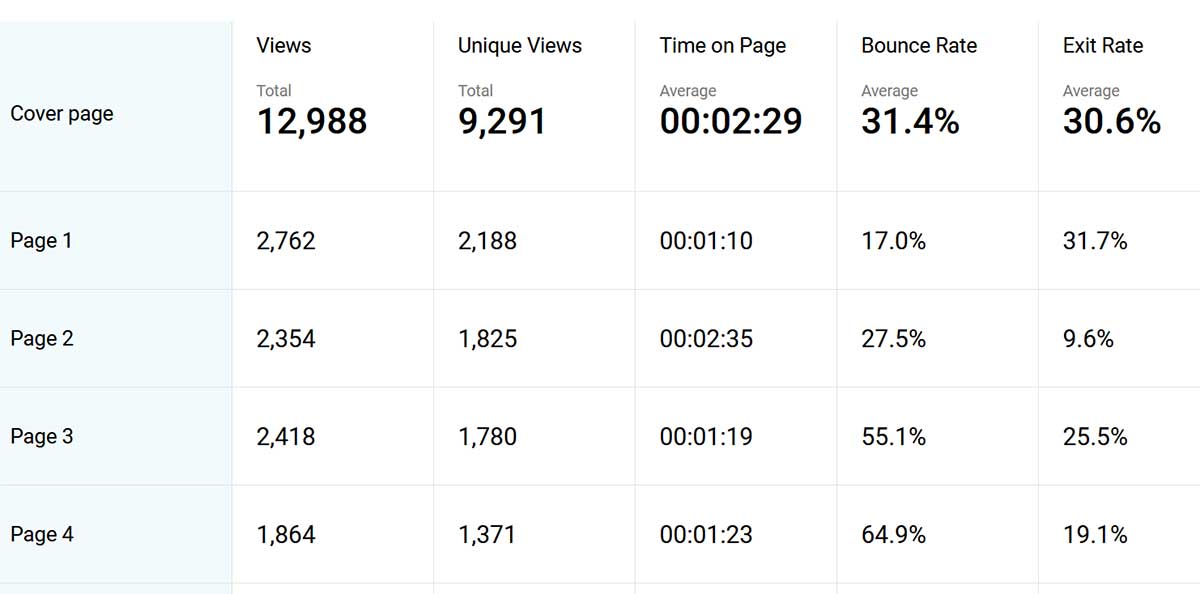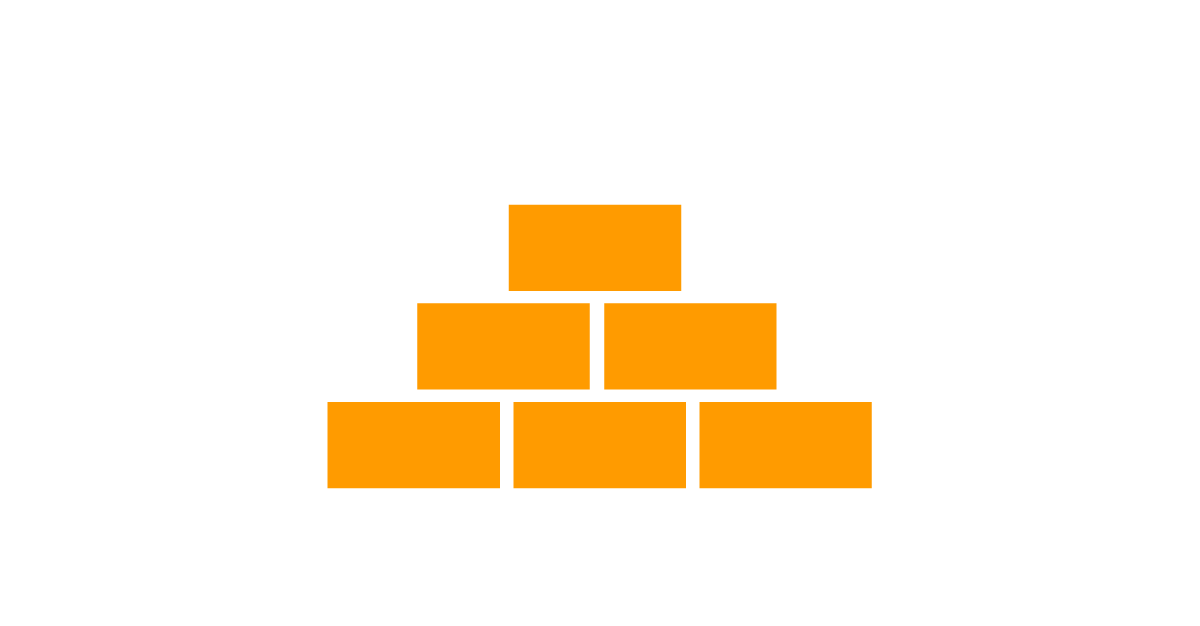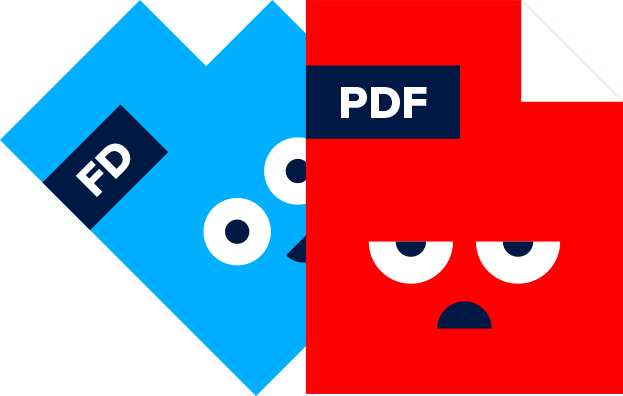We used to use the same tactics most B2B marketers did. We produced a high-quality content asset and then gated it behind a form on a landing page.
We’d optimize that landing page for conversions with behavioral psychology, clever visual cues, and A/B testing.
And we’d try to minimize the friction on the form, auto-filling as much information as we could with third-party services.
Because, in the end, our main objective was to get as many people to fill in that form as possible. After all, that’s how we generated leads and filled our pipeline.
This blog post is about how we discovered the inherent flaw in that strategy, and eventually came up with something far better.
The problem with conversion optimization
Now, conversion optimization is important. It has a role to play. But it’s just one specific piece in the larger puzzle of pulling leads through your funnel.
One problem we ran into — and I’m sure you can relate — was the abundance of poor-quality leads. We did such a good job making our landing pages attractive that too many people completed the form who simply didn't match our ideal customer profile.
We’d then have to spend time separating the good leads from the bad ones.
The website team would feel like they’d done a fantastic job — and they had. But the sales team would be frustrated with the quality of leads we delivered.
Filling out a form in exchange for an eBook or white paper is relatively easy. But just because somebody saw your ad and downloaded your asset, doesn’t mean they’re at all interested in you or your company.
So, what did we do? Like many other companies, we decided to up the friction a bit.
We made our targeting more strict and asked people to fill out their company size and industry before getting access to our content. That way, only “qualified” leads would get through and we’d weed out those who didn’t match our ideal customer profile.
Understandably, that caused some panic as the flood of leads slowed to a trickle. Not only were there fewer conversions in general, but the extra friction also deterred people who were our ideal customers.
It wasn’t long before we flipped the switchback.
In both these cases, the problem was that we were making conversion rate the center of our focus. Regardless of how we adjusted it, we were simply causing problems further down the funnel.
With a really high conversion rate, we flooded our pipeline with low-quality leads. Reducing the conversion rate eased the flood, but didn’t address the quality problem.
We needed a way to optimize not just for conversions, but for … something else.
Downloads don’t signal buying intent
We were still doing it this way because, well, that’s how you do lead generation. You create a tantalizing lead magnet and put it behind a form.
I mean, how else are you supposed to get their information?
Gated lead magnets make sense if you just want to turn strangers into leads. But if your goal is to generate revenue from your audience in an efficient way, this practice isn’t terribly effective.
The truth is, downloads don’t signal buying intent.
Conversion rates don’t say anything about the popularity of your product or how good a fit your lead is. They only tell you how nice your landing page is and how sexy the cover of your eBook looks.
We realized we needed to take a more holistic view. We didn’t have time to follow up with everyone who filled out our forms. We needed some indication of how interested they were.
But how do you measure a prospect’s level of interest?
We figured that the only real way was to look at what leads did after downloading our content. In other words, how engaged are they?
After all, with a good landing page, we could generate hundreds of downloads. But how many of those people actually read the content? How many just left it sitting in their downloads folder?
The bottom line is, to measure engagement, you need insights into what they did with the content itself. Did they read it? How many pages did they read? What topics did they find interesting? What sections did they bookmark? On what page did they drop off?
By looking at those metrics — engagement metrics — we could start to build a picture of who was really interested and ripe for follow-up.
Engagement optimization
Of course, if you want to measure how many pages of your eBook people read, what topics they found interesting, and where they dropped off, you’re going to run into a problem.
Namely, the fact that most of us use PDFs for lead magnets.
It’s a killer flaw. You can’t see what people do with a PDF after downloading it — it’s just a massive blind spot, and modern marketers shouldn’t be using a format they can’t track.
So we switched to web-based assets. These eBooks, white papers, and reports live apart from our website as stand-alone content, similar to PDFs but built with web technology — meaning we could measure, track, and get detailed insights into who reads what when and for how long.
Luckily, this is precisely what we do at Foleon. We’re a platform that lets anyone create interactive web content. So this was really just a matter of drinking our own champagne.

Example of a web-based Foleon Doc eBook.
From there the next steps were simple… But perhaps not obvious.
The next thing we did was un-gate our content.
What?! Yes. No form. We started giving it away for free.
See, to optimize for engagement, we needed immediate insights. Was our content any good? Did people actually read our ebook or just skim it? Did they find it engaging enough to get to the end?
By going web-based, we could now see on a page-by-page basis how our eBooks and white papers performed. And this allowed us to optimize quickly.
Because we no longer relied on specialized designers to do our PDFs in InDesign, our marketing team could quickly make changes with a drag and drop editor and see results quickly without all the back and forth.
The first insight we got was that there was a big dropoff rate on our cover page. Bad news? No way! Gaining an insight like this was gold. We could adjust the layout to encourage people to keep going — which we did, along with a host of other optimizations.
We also quickly got an idea of the average reading time and the average number of pages a person would read. This allowed us to create benchmarks for our eBooks. People who read more than that amount were clearly engaged.

Engagement metrics on our web-based eBook.
Another advantage of ungating our content was that we could tell our story to a far larger audience. Instead of hundreds of people filling out a form and (maybe) reading our eBook, we could get our content in front of thousands.
And leaving out the landing page doesn't mean you have to leave out the CTAs!
We found that putting a demo request form at the end of our eBook was hugely successful. The leads we acquired this way were far more engaged and had a much higher buying intent.
But what about their info
While we gathered performance data on our eBooks, leaving our content ungated meant we didn’t know most of our readers (because they hadn’t yet filled out a form).
However, because we were using web-based Foleon Docs, we could still plant retargeting pixels. People who, for example, got to page 5 (showing they were really interested) would get retargeted with highly specific ads on LinkedIn, relevant to what they’d just read.
Our ad spend was low because we were targeting people we knew had high intent.
Finally, once we’d gathered enough data and performed enough optimizations that we were confident about the quality of our content, it was time to start collecting good leads.
So, we did something clever and “mid-gated” our content.
There’s no rule that says you need to put the form upfront. And with web-based content, you don’t even need a landing page anymore.
We still gave people free access to our eBook, but then on, say, page 3 or 4, we put a form for them to fill out to continue reading. Because of the engagement optimization we’d done, we knew that if we gave people a taste, they’d appreciate it enough to leave their details and get the rest.

Even though this was an example midgate, and we gave them the option to skip it, plenty of people still filled it out. Baffling!
For those who filled it out, not only did we have their info, we also knew they were highly engaged leads worth following up with. And for those who refused, well we could retarget them and try again.
Side note: One great thing about putting the gate inside the content itself is that, when people share our content, they share the lead generation form as well. Unlike a PDF, over which you have no control when people share our assets, it spreads our ability to generate leads too. We can capture (and retarget) everyone with whom our content is shared.
Now what did all this do further down the funnel?
Instead of bothering “leads” who’d downloaded our white paper but probably hadn’t read it, our sales teams were now able to see precisely who was ripe for follow-up.
Before calling a prospect, they could see what content they’d read — down to the specific pages.
We could set up automation that would alert someone on our sales team once a prospect hit a certain engagement threshold.
We could trigger workflows and email sequences based on what page of an eBook a prospect got to, or even how many times they came back again.
We could automatically group leads based on how engaged they were and treat them each accordingly.
The bottom line is that, suddenly, instead of cold calling leads, we now understood which contacts were engaged and which weren’t.
And engagement, it turns out, is a pretty good proxy for buying intent.
Summary
Switching our focus away from simple conversion rate optimization towards engagement optimization was transformational for us.
It helped us put our focus on a metric that actually moves the needle: Engagement. Interest. Intent.
To boil it down, this is basically what we did:
- Stopped focusing on landing page optimization and instead on what people did after accessing our gated content.
- Removed the form. This lets us gather more data, faster, so we could optimize our content for engagement.
- Switched from PDF eBooks and white papers to Foleon Docs so that we could analyze each page and make rapid adjustments.
- Mid-gated our content to gather the contact information from only those who were really interested in reading the rest.
- Adjusted our follow-up strategy to account for what prospects actually did with the content.



